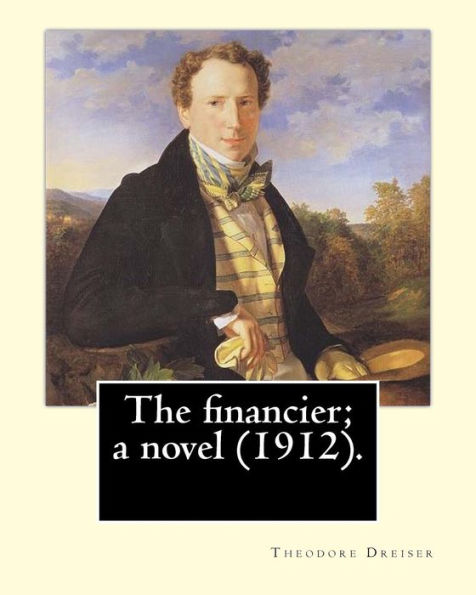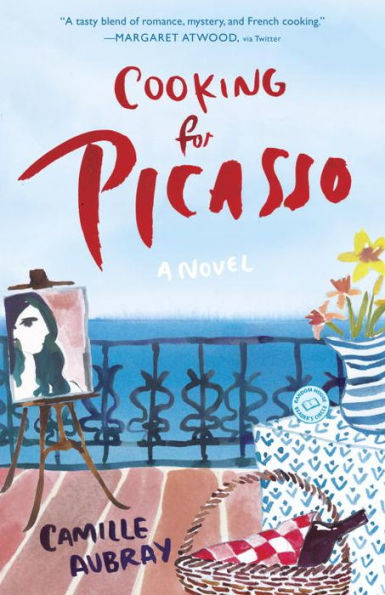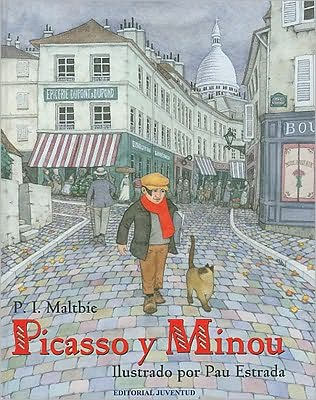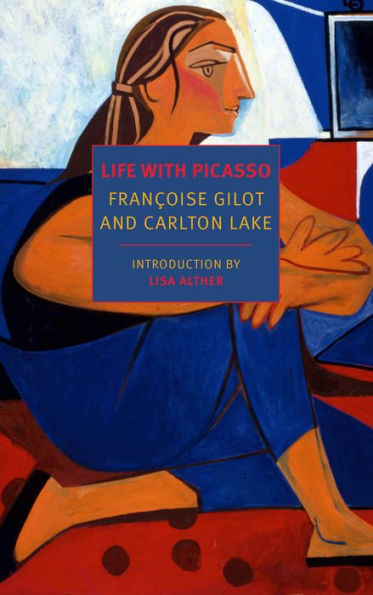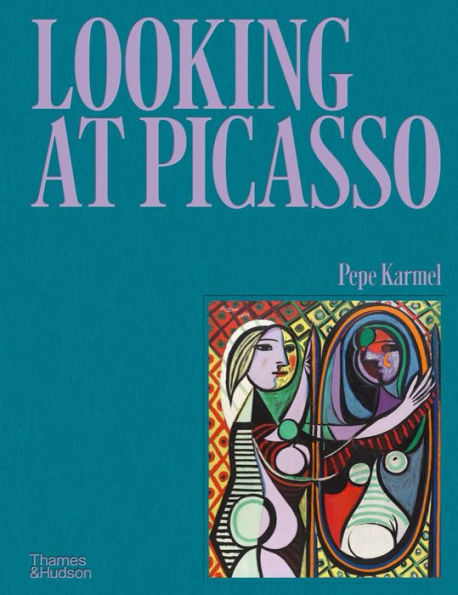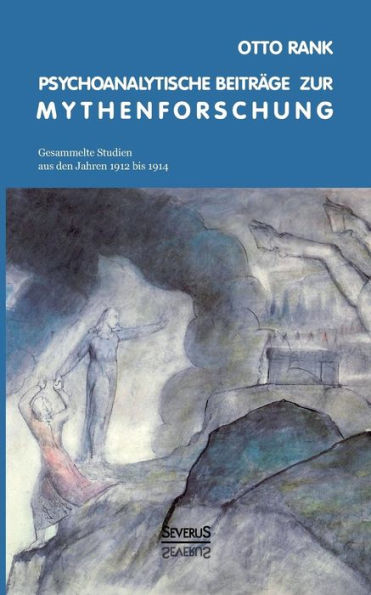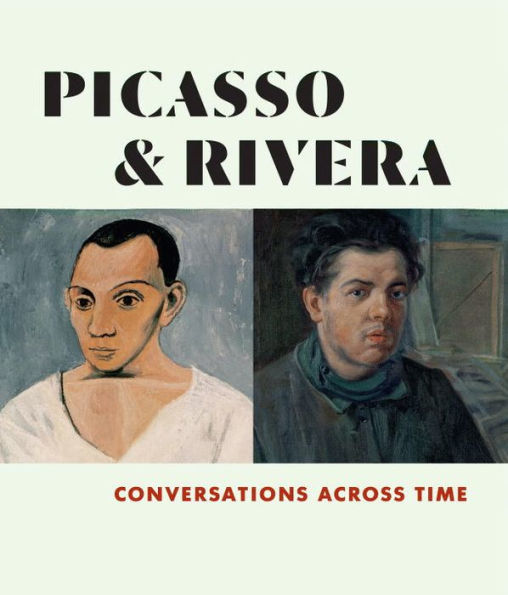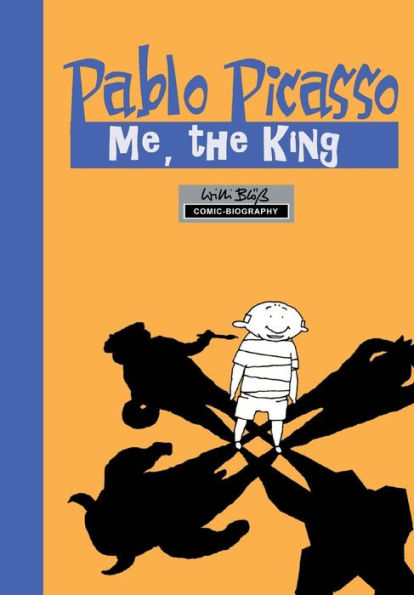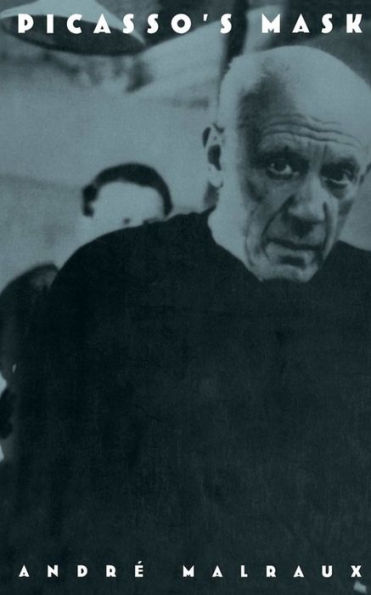Home
Picasso: Guitars 1912-1914
Barnes and Noble
Picasso: Guitars 1912-1914
Current price: $24.95
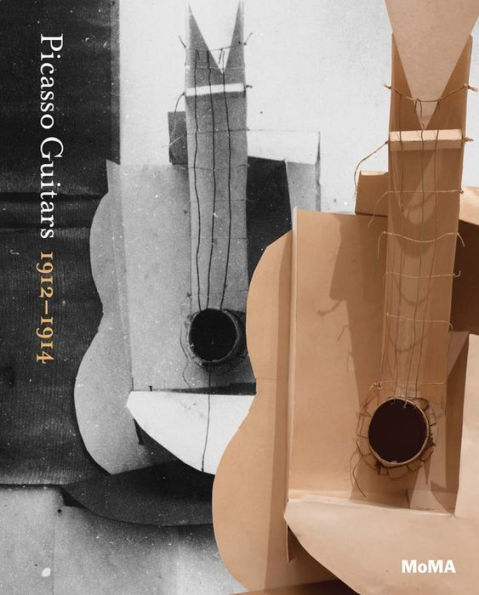

Barnes and Noble
Picasso: Guitars 1912-1914
Current price: $24.95
Size: OS
Loading Inventory...
*Product information may vary - to confirm product availability, pricing, shipping and return information please contact Barnes and Noble
Pablo Picasso's modest yet radical cardboard and sheet metal
Guitar
sculptures (1912 and 1914, respectively) bracket a truly incandescent period of structural, spatial and material experimentation for the artist. In October 1912, while in what he described as "the process of imagining a guitar," Picasso embraced the techniques of assemblage, collage, construction and mixed-media painting, frequently combining traditional artists' suppliesoil paint, charcoal, pastel, inkwith what were then unconventional materials, including cardboard, newspaper, wallpaper, sheet music and sand. Published in conjunction with an exhibition at The Museum of Modern Art, this volume situates Picasso's
Guitars
within the constellation of objects that surrounded them in his studio, affording a fresh understanding of the unique material and historical qualities of the artist's work in the years immediately prior to World War I. An essay by Anne Umland, Curator of Painting and Sculpture at the Museum, uses photographs, correspondence, archival records and eyewitness accounts, to explore Picasso's practice and the remarkable institutional history behind the acquisition of the two
sculptures, both gifts to MoMA from the artist.
Guitar
sculptures (1912 and 1914, respectively) bracket a truly incandescent period of structural, spatial and material experimentation for the artist. In October 1912, while in what he described as "the process of imagining a guitar," Picasso embraced the techniques of assemblage, collage, construction and mixed-media painting, frequently combining traditional artists' suppliesoil paint, charcoal, pastel, inkwith what were then unconventional materials, including cardboard, newspaper, wallpaper, sheet music and sand. Published in conjunction with an exhibition at The Museum of Modern Art, this volume situates Picasso's
Guitars
within the constellation of objects that surrounded them in his studio, affording a fresh understanding of the unique material and historical qualities of the artist's work in the years immediately prior to World War I. An essay by Anne Umland, Curator of Painting and Sculpture at the Museum, uses photographs, correspondence, archival records and eyewitness accounts, to explore Picasso's practice and the remarkable institutional history behind the acquisition of the two
sculptures, both gifts to MoMA from the artist.
